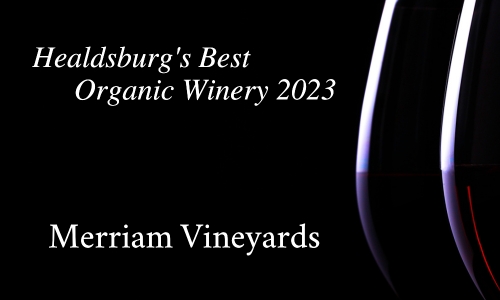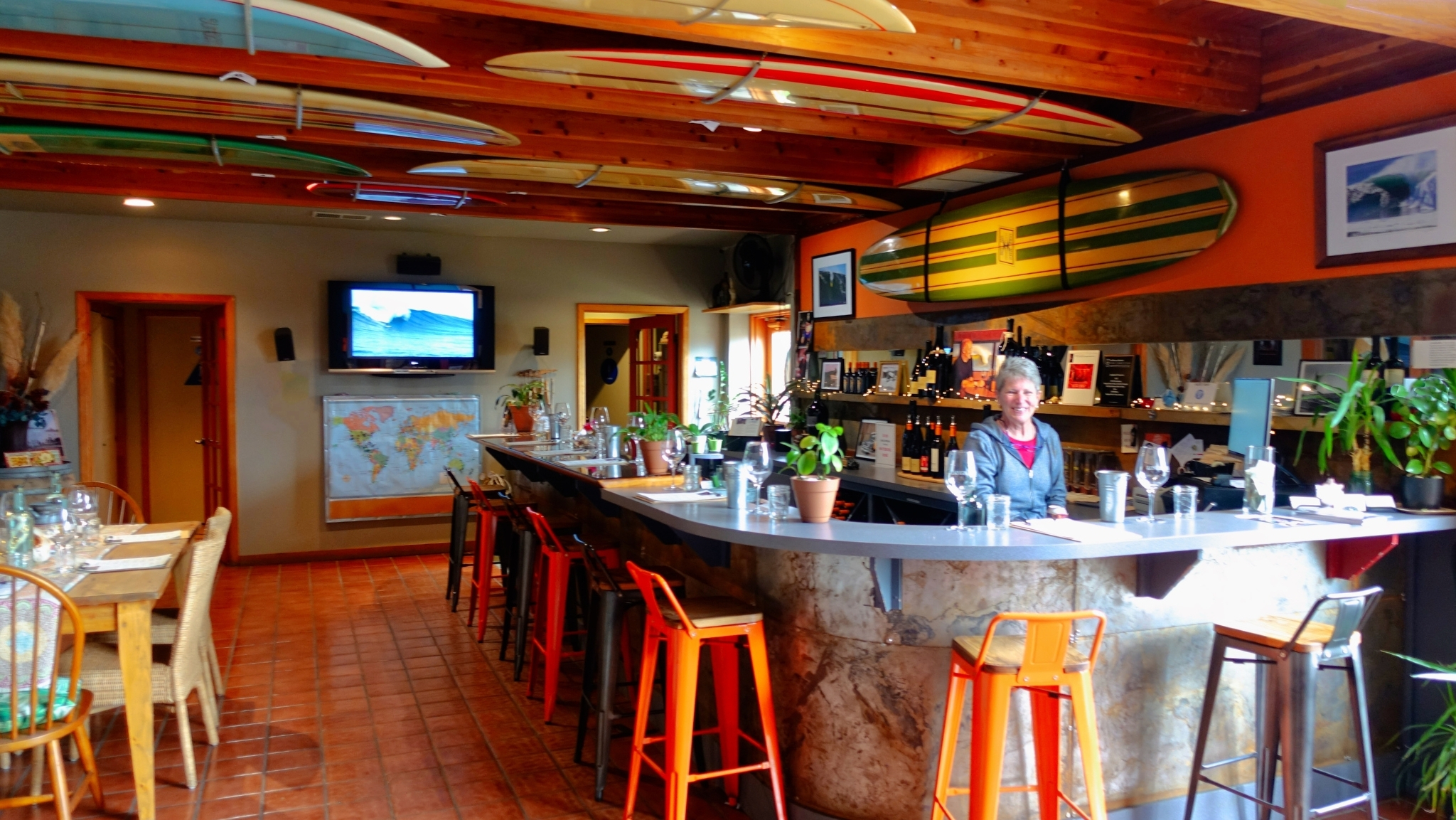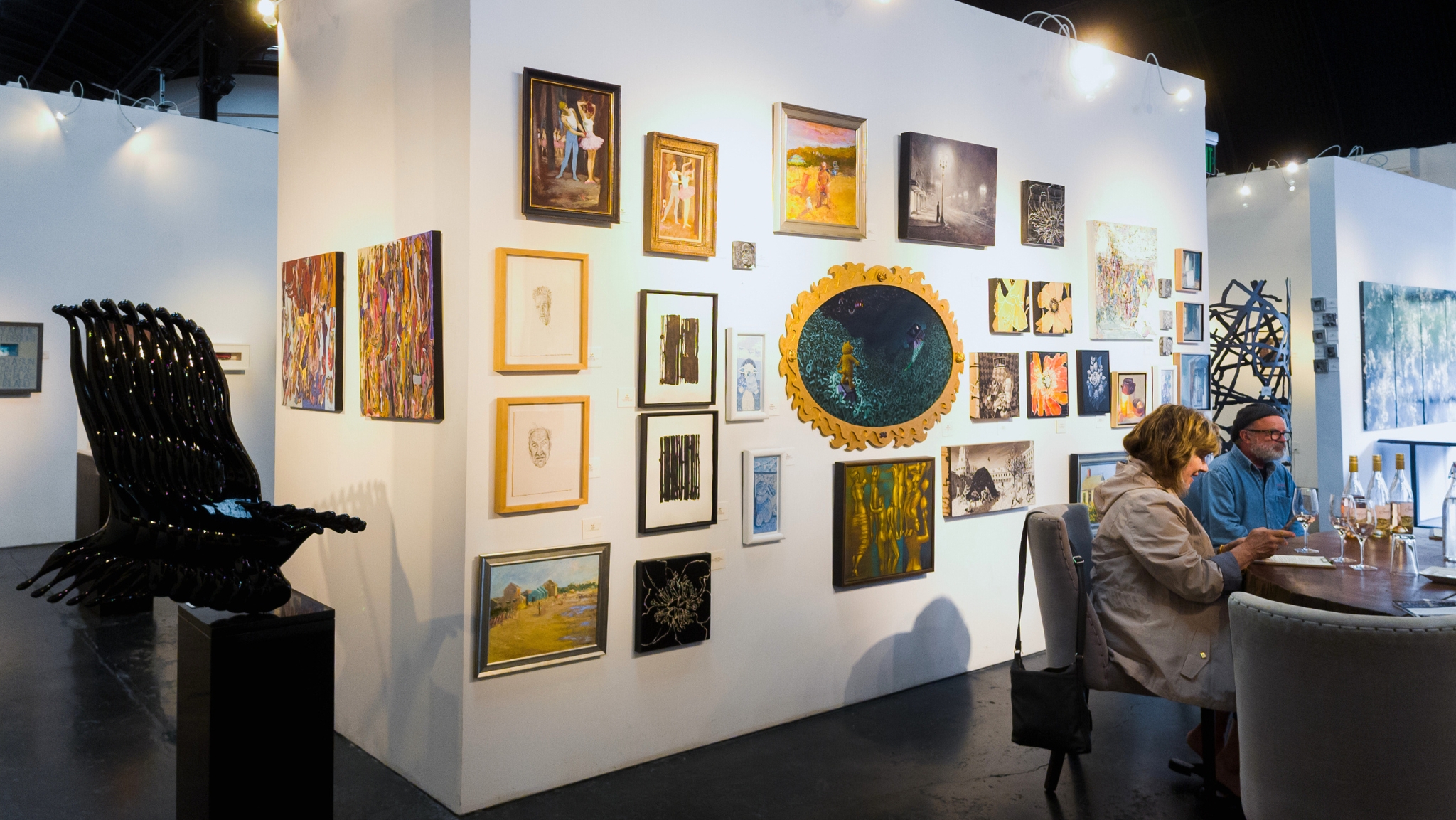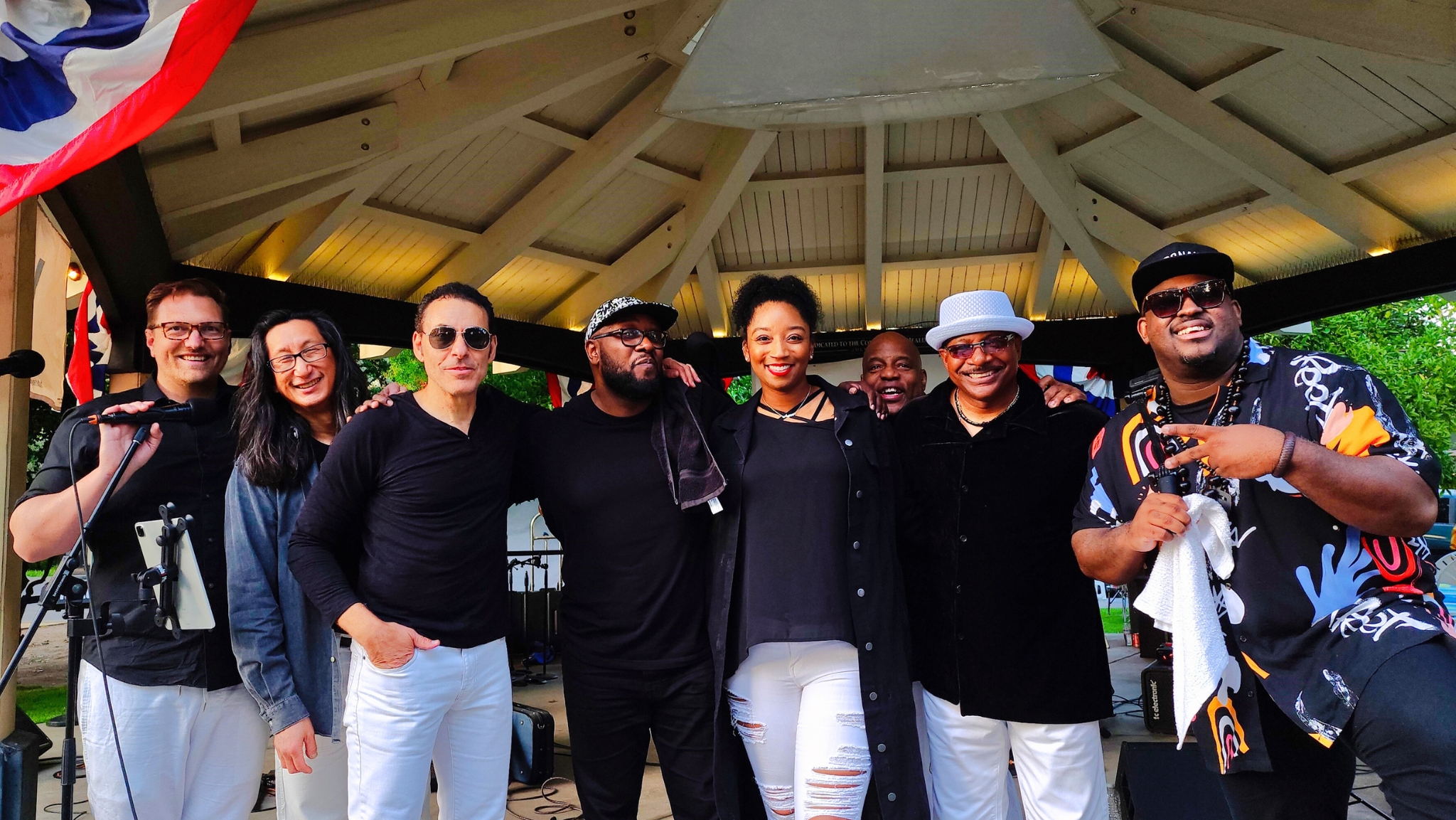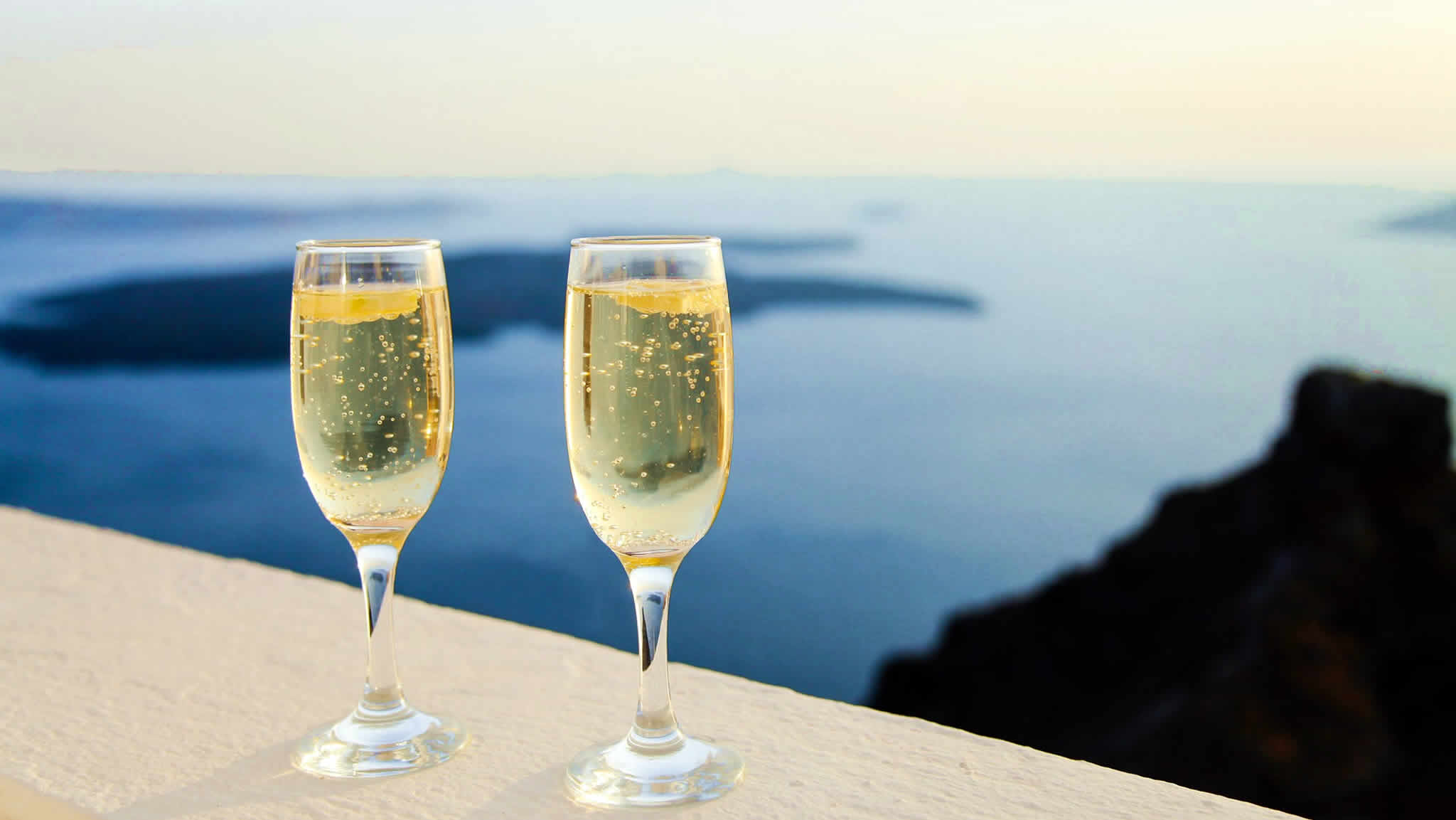
How To Go Wine Tasting
“If you only know the difference between white wine and red, and think rosé is a combination of those two, this guide is for you!”
Most folks new to wine country don’t know how to go wine tasting. We understand. Wine tasting can seem a bit intimidating at first. And let’s face it, the only time anyone wants to look like a novice is when they’re trying to talk their way out of a speeding ticket. So, we wrote this guide to help those who, like us, might feel a little bashful about it at first. Our heart in writing this guide is simply to give you an understanding of what wine tasting is all about. We quickly cover just about all you’ll need to know in order to be confident and comfortable in your first wine tasting experience.
Always remember: wine tasting is all about you… and there’s no wrong way to sensibly enjoy wine.
What We’ll Cover
• Simple Understandings – the basics to get you started.
• Etiquette – general dos and don’ts of wine tasting.
• Insider Info – some things wineries wish wine tasters knew.
• Aromas – wine’s unique flavors, scents and tastes.
• Tasting Itinerary – how to plan your first wine tasting trip.
• Safety – considerations and tips.
• Fun Facts – curiosities about wine and wine tasting.
• Common Terms – pronunciations and terminology.
Simple Understandings
What constitutes a “good” wine? The most important thing you’ll ever learn about wine tasting is this: if it tastes good to you, it’s a good wine; if it doesn’t, it’s not. Period, end of sentence, full stop. It doesn’t matter what some guru in Manhattan, Paris or Tuscany thinks. The quality of any given wine is totally subjective. That’s why we never rate Healdsburg’s wines. If you want an unbiased perspective on a wine’s quality, we suggest an app called Vivino, which shows you how wine tasters around the country – from novices to seasoned wine buffs – rate various wines. Essentially, it rates a wine’s popularity.

How To Go Wine Tasting Healdsburg
Frequent Questions About Wine Tasting
Here are answers to some of the most common questions from new wine tasters.
Q: Are wine tastings free?
A: A few wineries provide free tastings, however, most charge a nominal fee.
Q: How much does a wine tasting cost?
A: Usually between $15 and $20, though some can be as high as $75 per person.
Q: What is a flight of wine?
A: A group of similar wines, usually three to eight, served together at a tasting so you can compare flavors and aromas.
Q: How many wine tastings equal a glass?
A: A typical wine tasting pour is 2-3 ounces. A standard pour for a glass of wine is 5 ounces.
Q: How long does a wine tasting last?
A: Typically an hour to an hour and a half.
Q: Why do people swirl wine?
A: To get more oxygen into the wine so as to release the wine’s aromas. The proper way to swirl your wine is to set your glass on a flat surface, place two fingers on each side of the stem (palm down, flush with the surface), press lightly on the base and swirl your glass in small circles.
Q: What do you call the person who pours wine at a tasting?
A: A sommelier [sə-məl-ˈyā]; though that term signifies someone as having an official wine tasting certification. Those without a certification are typically referred to as an “associate” or “hospitality manager”.
Q: What are the four types of wine?
A: White, red, sparkling and rosé. Rosé is always made from red grapes, and is not a combination of red and white wines.
Q: Why do people tilt their wine glass?
A: This allows you to see variations in the color of wine; from its color at the deepest part of your glass, to the very edge where the wine is thinnest.
Q: Do I have to do any of this, or can I just drink the wine like a normal person?
A: It’s perfectly okay to avoid the above wine tasting customs. Remember, this is about you, and there’s no wrong way to sensibly enjoy wine!
Q: How many tasting rooms are there in Healdsburg?
A: There are 39 tasting rooms within city limits; 26 of which are located near Fountain Square. Go to HealdsburgIsHeavenly.com to see maps, tasting fees, varietals served, ambiance and proper attire for each tasting room. In addition, there are another 92 wineries within a fourteen mile radius of Healdsburg.
Q: What is a wine pairing?
A: Some tasting rooms offer wine and food pairings. They choose specific wines that go, or ‘pair’, best with the foods served. Typically, a pairing consists of wine and cheese, but may also entail anything from chocolate to a full meal.
Q: What is a tannin?
A: Tannins add astringency and bitterness to wines. They come from four sources: grape skins, seeds, stems, and the wooden barrels used for aging wines. They’re most commonly found in red wines, especially dry reds.
Q: What is a varietal?
A: Varietal is essentially a fancy way of saying ‘variety’. More precisely, a varietal is a wine made from a single or dominant grape variety. It must have a minimum of 75% of a particular kind of grape to be considered a varietal.
Q: What are ‘Legs’?
A: These are the tears or droplets of wine that stream down the glass after swirling the wine. More legs means a higher alcohol content, and slow legs tend to mean the wine is sweeter.
Q: What is a dry wine?
A: Essentially, a dry wine is the opposite of a sweet wine. A dry wine has no residual sugar. That’s because during the fermentation process, the yeast consumes up all the sugar present, creating a true dry wine.
Q: What is a sweet wine?
A: A sweet wine results from when the winemaker stops the fermentation process before the yeast has time to consume all the sugar in the juice, thus leaving residual sugar. The more residual sugar, the sweeter the wine. There are sweet wines and semi-sweet wines.
Q: What is the difference between a winery and a tasting room?
A: A winery is where wine is actually made. It may have vineyards surrounding it, where grapes are grown. A tasting room is simply a place to taste wines. Many wineries have tasting rooms on premise. However, when a location is specified as a ‘tasting room’, it’s usually not located in a winery. Some tasting rooms are not affiliated with a single winery, and may offer wines from multiple wineries.
Q: What is the difference between a winery and a vineyard?
A: A vineyard refers to the land where grapes are grown, whereas a winery is a place where wine is produced. They can exist on the same property, but can also exist separately.
Q: Why do people bury their nose in a glass of wine?
A: In order to really catch the scent and aromas of a wine.
Q: Is it really all right to spit out wine at a tasting?
A: It’s not only kosher, it’s a preferred practice among veteran wine tasters. All wineries have some form of “spit bucket”, simply because the practice is so acceptable. Doing so allows you to taste more wines without becoming inebriated.

Healdsburg Wine Tasting Room Etiquette
Wine Tasting Etiquette
How should a beginner drink wine? It’s easy. Just remember the five S’s: See, Swirl, Smell, Sip and Savor.
See – Hold the glass toward the bottom of its stem. This prevents the warmth of your hand from affecting the wine’s taste. The glass should be filled about 1/3 to 1/2 full, which allows enough space in the glass for the wine to breathe. To see the variation in a wine’s color, tilt the glass so it’s sideways, then lift it parallel to your eyes, and preferably against a white background. Note the wine’s color and intensity. Young red wines start out with a deep purple tone, becoming paler and slightly browner with age. The opposite can be true with white wines, which tend to deepen their color with age.
Swirl – This aerates the wine and releases its aromas. Look for the “legs” – the tears that stream down the glass after you gently swirl the wine. Thicker legs can mean a higher alcohol level. The proper way to swirl your wine is to set your glass on a flat surface. Then, with your palm facing down, place two fingers on each side of the stem, gently pressing down on the base and swirl your glass in small circles.
Smell – Feel free to put your nose right into the glass and smell the wine. Try to identify the aromas you smell (fruity like cherry or apple, floral like honeysuckle, or spicy like pepper are just a few of the more common aromas).
Sip & Savor – Try to purse your lips as you sip. This allows you to draw in some air along with the wine. Doing so also helps draw in the aromas (capturing their scents) within your mouth. Roll the wine around in your mouth a little. Pay attention to all the different tastes you sense. Do these tastes match up with the wine’s aromas? Also pay attention to how it feels in terms of its texture and body. Notice how long the wine’s flavors last in your mouth and whether these flavors change after you swallow or expel your wine.
Feel free to ask questions. Contrary to what many new wine tasters think, hospitality managers actually appreciate when people let them know they’re new to tasting. They love sharing their knowledge and enjoy the excitement of a new taster who is interested in growing their love for wine.
• Remember, expelling your wine (and not drinking it) is perfectly acceptable.
• If you don’t like a particular wine, say so. Hospitality managers will gladly let you try another wine. After all, they are there to ensure your experience is as enjoyable as possible.
• Do you tip at a wine tasting? A tip is not required but is appreciated, as in all service industries. Especially consider tipping when you’ve received great service.
Insider Info: What Wineries Wish You Knew
• Please don’t wear cologne or perfume. The sense of smell is one of the most vital aspects of enjoying wine tasting. Tasting involves your nose as well as your mouth. If you’re wearing perfume or cologne, you prevent yourself, and those around you, from enjoying the full aroma of the wine you are tasting.
• Please don’t bring coffee to a tasting. Coffee triggers entirely different portions of your taste buds than wine, and the two are simply not compatible. Some hospitality managers may even consider it less than respectful.
• Please don’t drink water between flights, as it cancels out your taste buds’ ability to taste the new wine.
• Hospitality mangers ask you to be open to trying new types of wine.
• Pace yourself. It’s best to visit between three to five wineries a day.
• Don’t listen to anything but your own palate. (Remember: If you like a wine, it’s good. If not, it isn’t).
• There are a lot of great places to taste wine, so don’t just follow publications or suggested tours.
• Feel free to share your wine with other tasters, or to dump what you don’t like.
• Wine tasting shouldn’t be intimidating – just enjoy yourself. After all, you’re the star of the show!

Wine Tasting Insider Information
Aromas
You may wonder how a wine gets its aromas and flavors. Do they add butter to get a “buttery Chardonnay” for example? No, they do not. In fact, the only two ingredients used in real wine making are grapes and yeast. The fermentation process converts the sugars in grapes into alcohol. It also forms various complex chemical compounds, which assume molecular arrangements similar to familiar scents and your nose recognizes them as aromas. Aromas in wine flow through the full range of classifications: fruity, tropical, floral, spicy, herbal, nutty, earthy, woody, and confectionary.
When you go wine tasting, see which of these following aromas you can perceive in the scent of the wines you experience. Familiar aromas may include green apple, peach, pear, grapefruit, pineapple, banana, mango, melon, passion fruit, kiwi, cherry, blackberry, raspberry, strawberry, plum, cranberry, fig, honeysuckle, orange blossom, rose petal, jasmine, lavender, honey, nutmeg, cinnamon, ginger, clove, vanilla, almond, hazelnut, walnut, chocolate, coffee, lemongrass, dill, mint, oak, cedar, smoke, toast and bread. Isn’t it fascinating such an array of aromas can be procured from only two ingredients, simply by varying their approach to fermentation?
How to Plan a Wine Tasting Experience
1. Remember: you’ll need about an hour to an hour and a half per tasting, plus travel time in between.
2. It’s best to visit three to five wineries per day, based on the amount of time a typical tasting takes.
3. Determine the kind of wines you like. Do you prefer reds or whites? Sweet or dry? Do you like a particular type of wine (varietal)? See what wineries serve those wines and plan your itinerary around visiting them.
4. Never go wine tasting on an empty stomach. Most wineries and tasting rooms don’t serve food or anything to nibble on, so it’s best to eat something beforehand. Also, consider bringing some light snacks (cheese, crackers, etc.) to nibble on as you travel between tastings.
Safety Considerations
• Limit your trip to three to five wineries a day. Plan on spending about an hour to an hour and a half per winery, unless they also provide a tour (which requires additional time).
• Whenever possible, have a designated driver, or use Uber, or consider using a wine touring service.
• Start at the farthest winery and work your way back to your lodging, especially if your driver is tasting as well. This reduces the driving distance for your driver as the day wears on and they become most tired.
• As mentioned above, bring food to snack on. Many wineries do not provide anything to nibble on, much less actual food to accompany tastings. The regulations involved may make providing food prohibitive for the wineries you visit. And tasting on an empty stomach can make for a less-than-pleasant day; so be prepared by stopping at a local store for something wholesome to nibble on before you take off for your fun day!

Fun Facts About Wine Tasting
Fun Facts
• Expert sommeliers feel that smell is the most important aspect of selecting a wine.
• Wine making was a primary theme in one of the most ancient literary works: the Epic of Gilgamesh.
• The average age of a French oak tree harvested for use in creating wine barrels is 170 years.
• 10,000 varieties of wine grapes exist worldwide.
• The signing of the Declaration of Independence was toasted with glasses of Madeira.
• Chilling reduces the sweetness of wine. And if a red wine becomes too warm, it may lose some of its fruity flavor.
• Once planted, wine producing grape vines must grow for approximately 5 years before being harvested.
• Wine glasses are specifically designed to direct wine to key areas of your tongue and nose to accentuate a wine’s defining characteristics. That way the wine can be more fully enjoyed.
Common Terms
Wine Pronunciations
Cabernet Sauvignon (Kabernay Sov-in-yawn)
Champagne (Sham-pain)
Chardonnay (Shar-don-ae)
Malbec (Mall-beck)
Meritage (Mare-i-tedge)
Merlot (Mare-low)
Moscato (Mo-ska-tow)
Pinot Grigio/Gris (Pee-no Gree-geo / Gree)
Pinot Noir (Pee-no No-war) {soft ‘r’}
Prosecco (Pro-sek-o)
Riesling (Rees-ling)
Sauvignon Blanc (Sove-in-yone Blonk)
Syrah/Shiraz (Suh-rah/Shir-oz(az))
Viognier (Vee-o-neay)
Zinfandel (Zin-fan-dell)
Tasting Terminology
Aeration — to deliberately allow oxygen to round out and soften a wine (see swirl above).
Aging — storing wine in barrels, tanks, and bottles to develop flavors into a more desirable state.
Aroma — the scent of wine, especially young wine (different from “bouquet”, see below).
Balance — a term for when a wine’s acids, sugars, tannins, and alcohol come together in a harmonious way.
Barrel — the oak container used for fermenting and aging wine.
Blend — wines made from more than one type of grape.
Body — a tactile sensation describing the weight and fullness of wine in your mouth; a wine can be light, medium, or full bodied.
Bouquet — refers to the complex aromas in well-aged wines.
Breathing — exposing wine to oxygen to improve its flavors (see “aeration” above).
Brilliant — a reference for wines which present a sparkling clear appearance.
Brut — French term denoting dry champagnes or sparkling wines.
Closed — underdeveloped and young wines whose flavors are not exhibiting well.
Crush — the English term for harvest.
Dry — a taste sensation often attributed to tannins that causes puckering sensations in the mouth; the opposite of sweet.
Fermentation — the conversion of grape sugars to alcohol by yeast.
Finish — also called ‘aftertaste’, a measure of the taste and flavor that lingers in the mouth; great wines are regarded as having a great finish.
Fruity — a tasting term for wines that exhibit strong scents and flavors of fresh fruit.
Full-bodied — a wine high in alcohol and flavors, often described as “big”.
Hot — a description for wine that is high in alcohol.
Length — how long various flavors linger in your mouth after the wine is swallowed; their lasting sensation.
Mature — aged and ready to drink (versus new wines).
Mouth-feel — how a wine feels on the palate; it can be rough, smooth, velvety, or furry.
Nose — tasting terminology referencing a wine’s bouquets and aromas.
Oak/oaky — tasting terminology which denotes wines having the flavors and scents of baking spices, dill or mocha, vanilla or coconut brought about by the process of barrel-aging.
Oxidation — wine exposed to air, causing it to undergo a chemical change.
Palate — refers to the acquired ability to taste and identify distinct characteristics of wines.
Peak — refers to when a wine is at its very best quality, often subjective to each taster’s preferences.
Sommelier — a certified wine tasting professional.
Spicy — a category referencing a wine’s sensation, scent and flavors which uniquely remind the taster of rosemary, paprika, saffron, curry powder, black pepper, oregano, thyme, bay leaf or baking spices.
Structure — an general reference that implies a wine’s harmony of alcohol, tannins, savory fruit and acidity.
Sweet — wines with perceptible sugar contents on the nose and in the mouth.
Tannins — a compound in wine that is derived from grape skins, seeds, and stems, which causes a dry, puckering sensation on your palate.
Texture — a tasting term describing how wine feels on the palate.
Velvety — a tasting term describing smooth wine, with an almost silky sensation.
Vinification — the process of making wine.
Vintage — the year a wine is bottled; also the yield of wine from a vineyard during a single season.
Yeast — a commercially produced microorganism endemic to vineyards that converts grape sugars into alcohol.
Young — an immature wine that is usually bottled and sold within a year of its vintage; wines meant to be drunk “young” are noted for their fresh and crisp flavors.
Looking For Great Wine Country To Visit?
Healdsburg is the Hidden Gem of California Wine Country
Close to the ocean. Majestic redwoods nearby. Wrapped in world class wineries and renowned culinary culture. There’s only one Healdsburg. When you’re ready to learn about hidden gems and fun things to do in Healdsburg, simply peruse healdsburgisheavenly.com, because… Healdsburg is Heavenly.
Download A Copy Of This Guide
“Clear, crisp candor on Healdsburg’s hidden novelties and nuances.”
– Richard Slater
Please Note: all information in this article is provided on a ‘man on the street’ basis and is not a guarantee of services, availability, statistics or policies. Neither is anything on this site to be construed as professional or legal advice. Information for this article was obtained by personal experience, or by calling entities or establishments which may be referenced in this article and/or by visiting their websites. If you have any updated information or sources, please use our contact form to let us know so we can update our article for future readers. Thank you.



